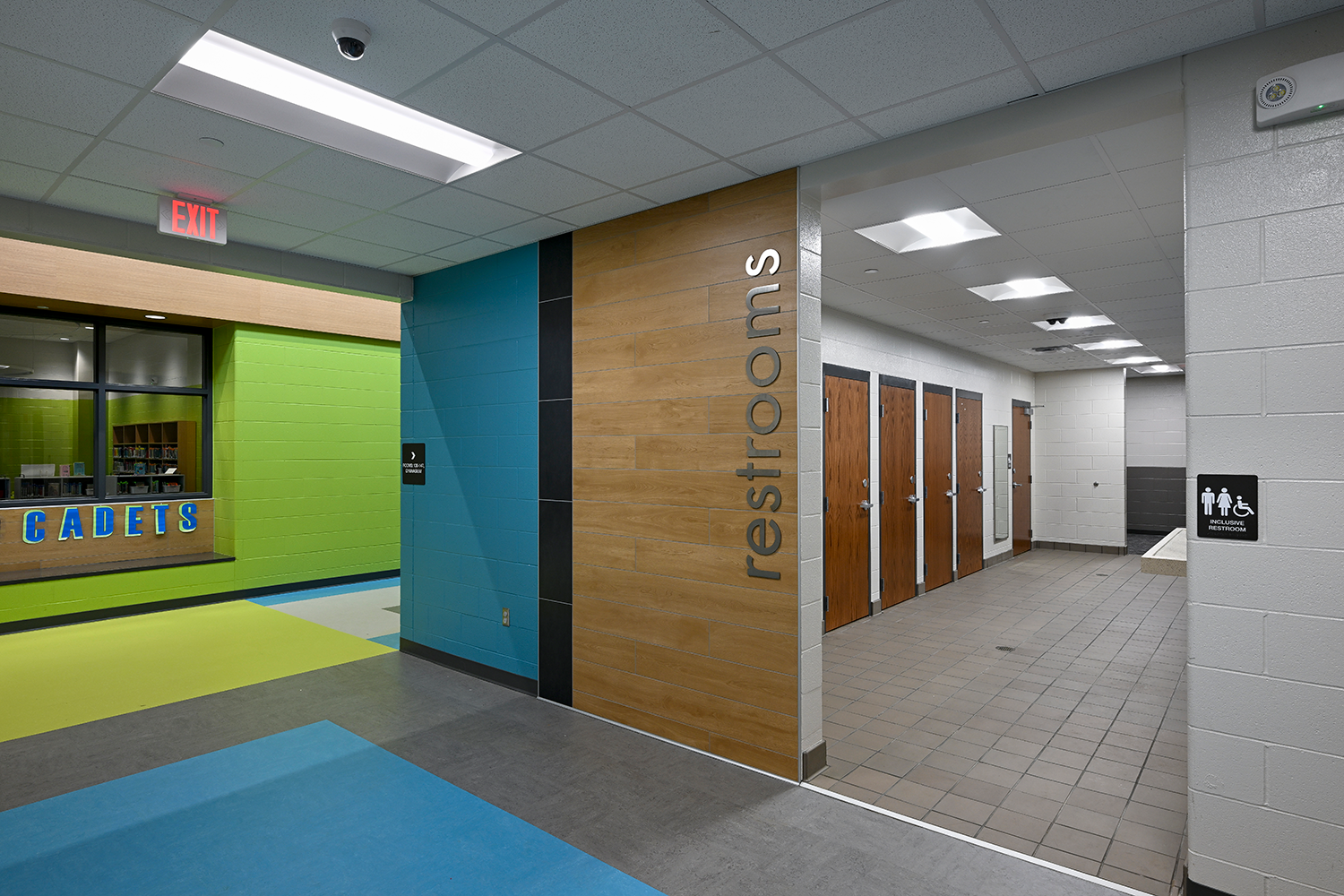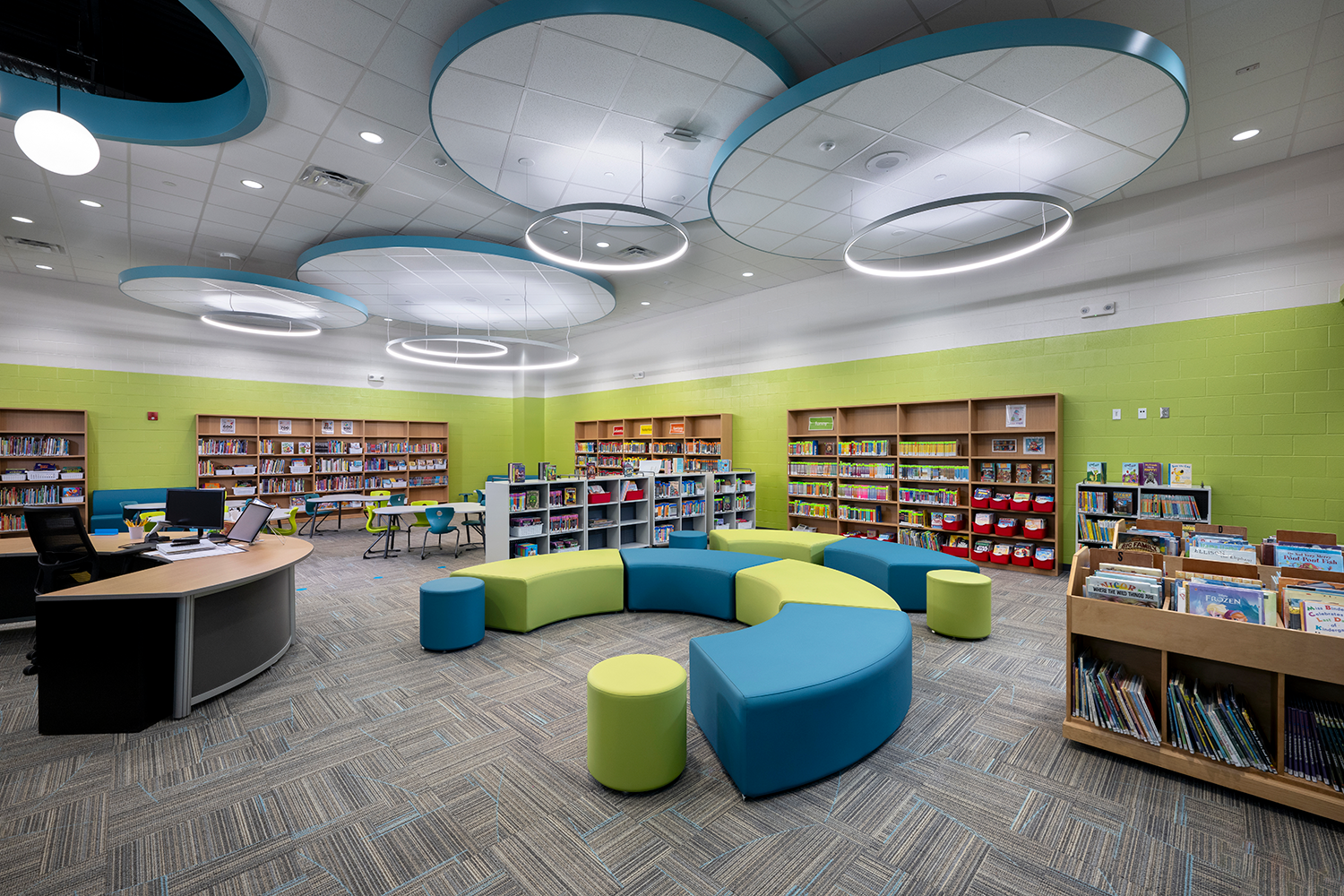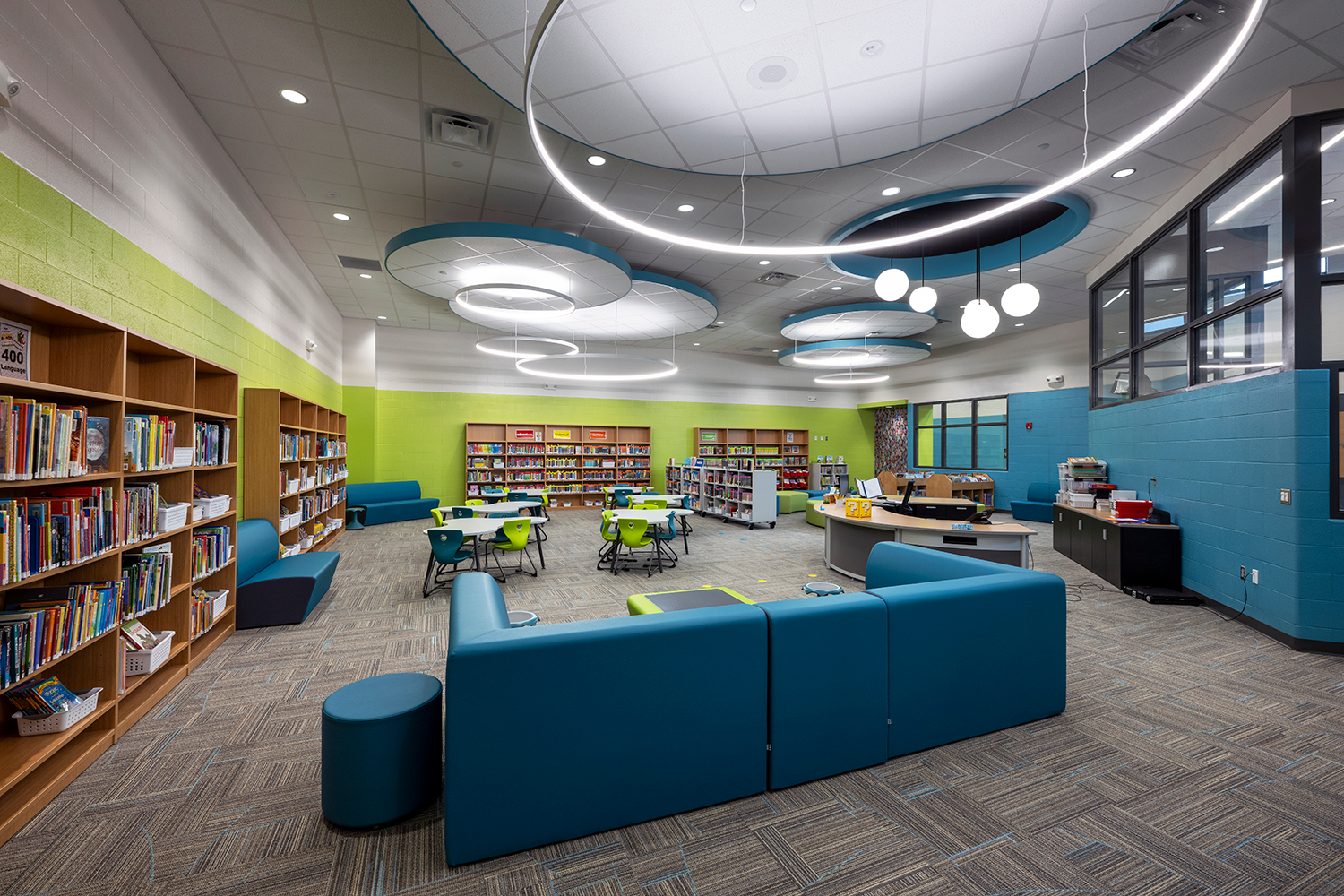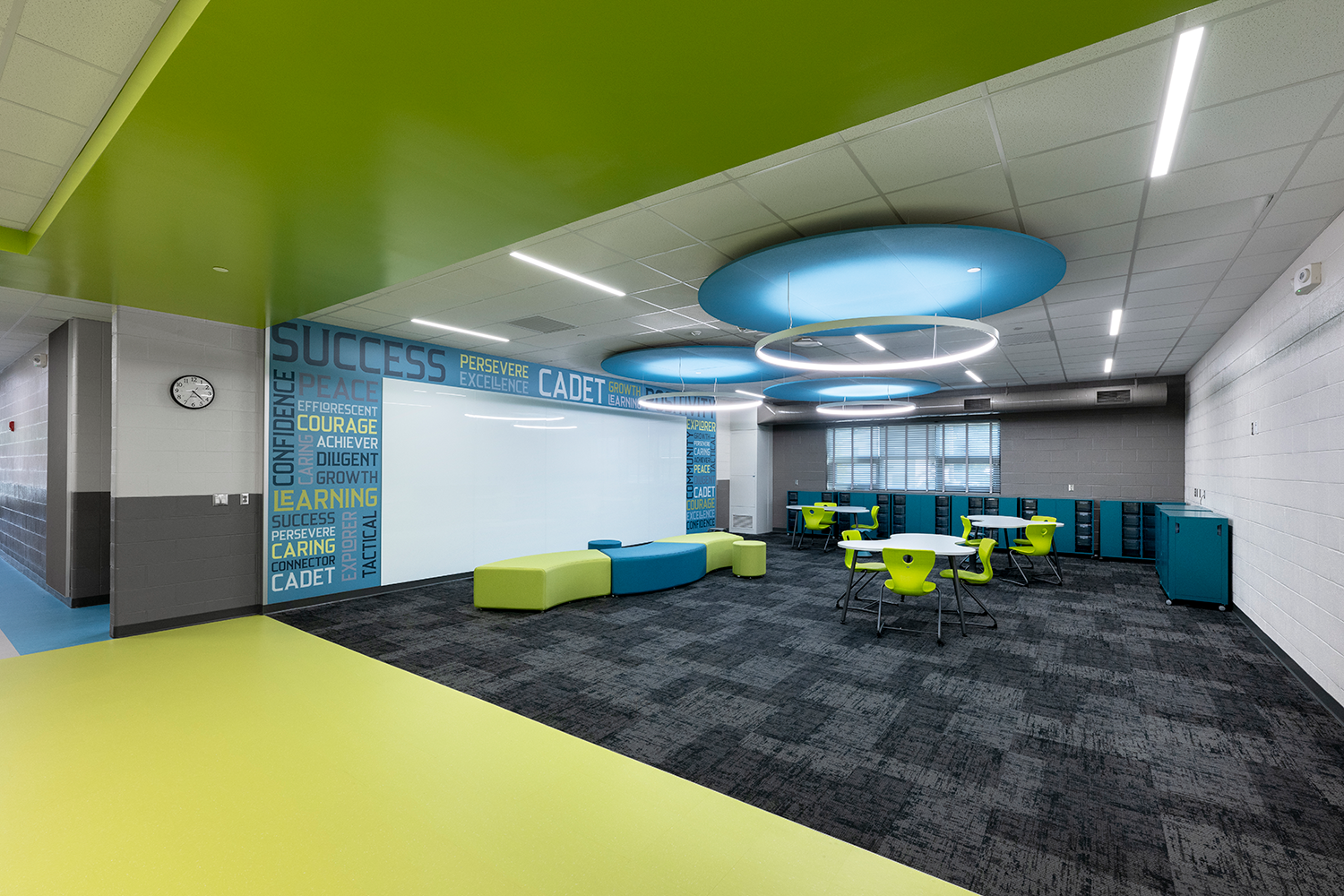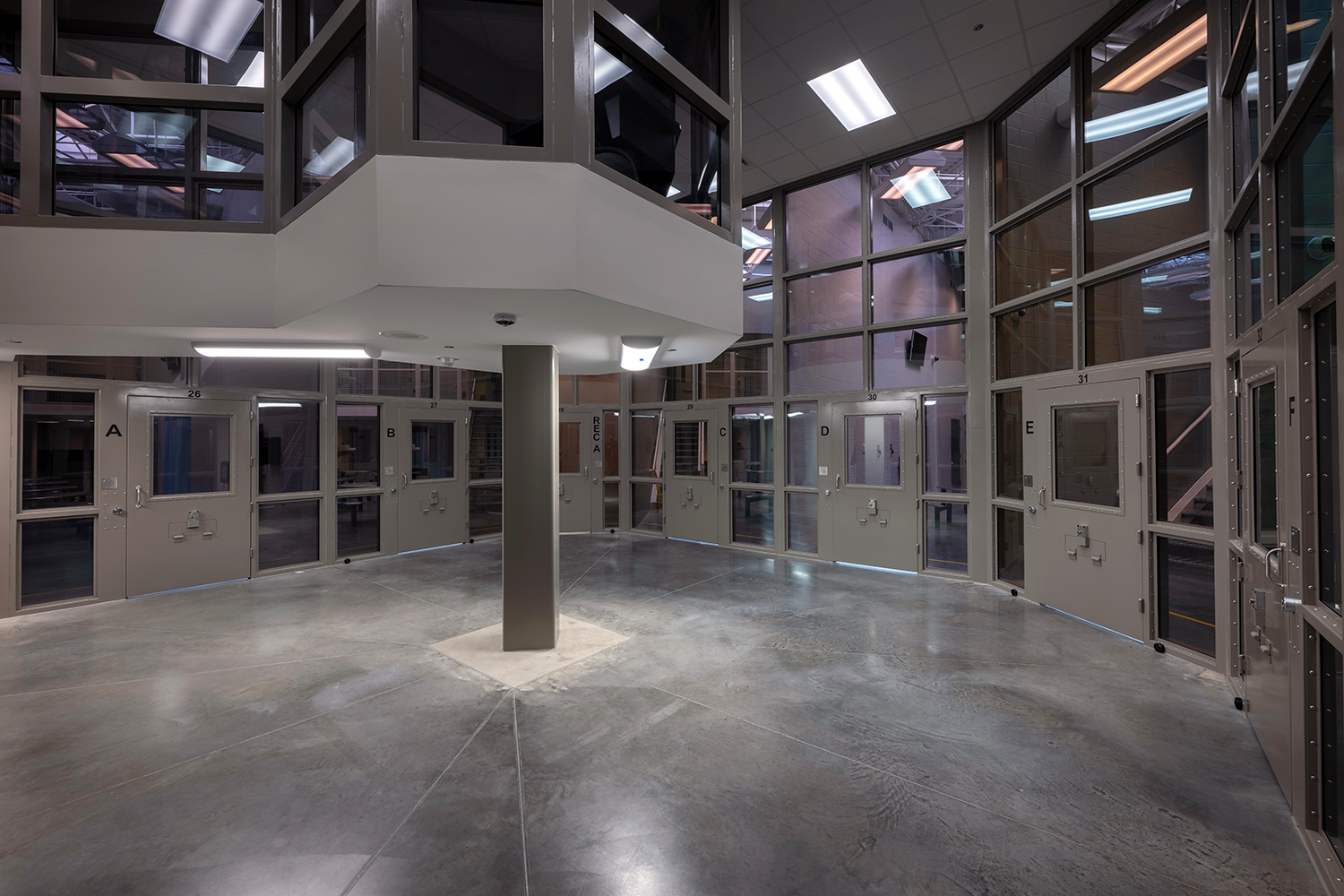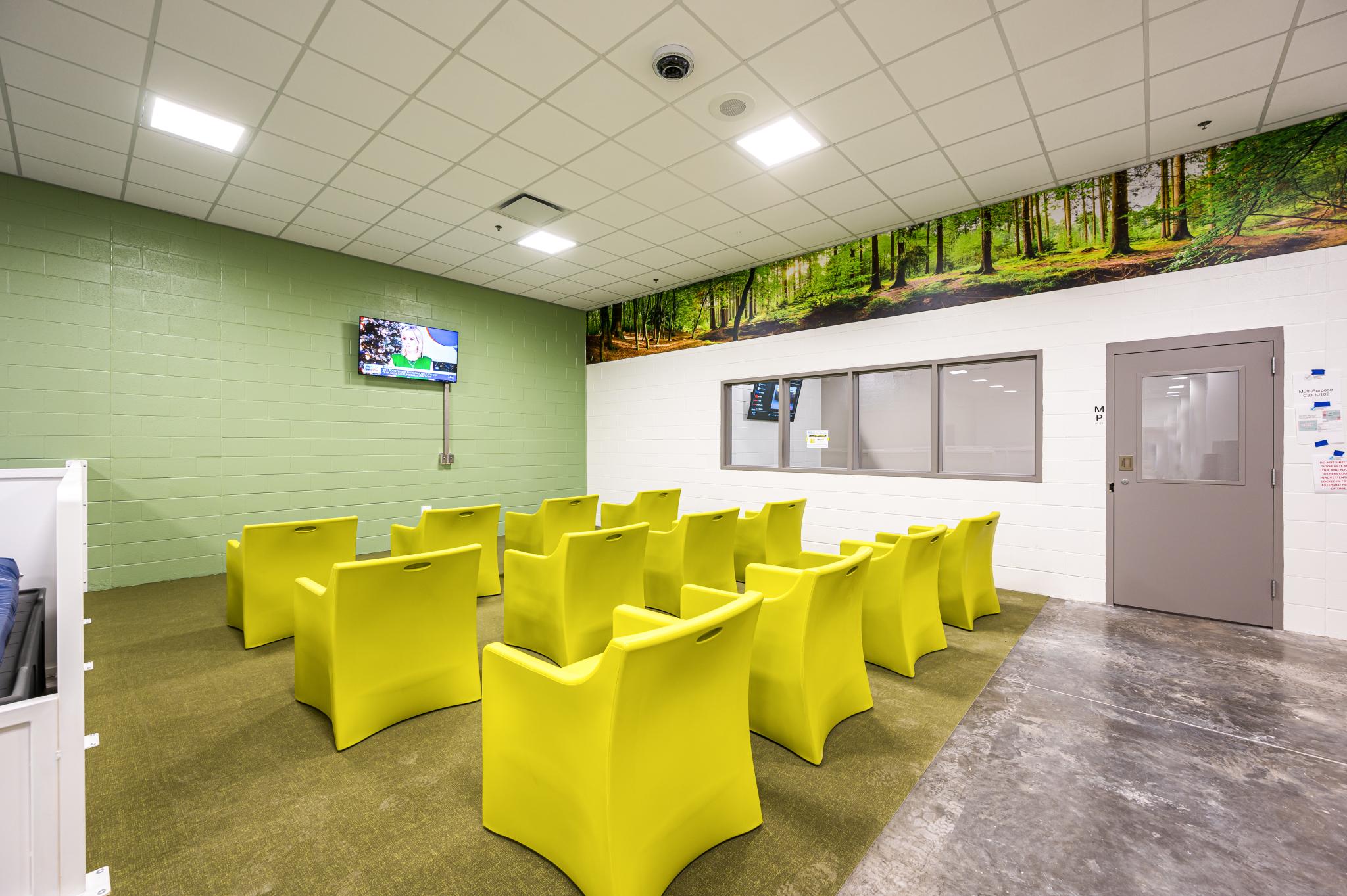Supportive School Design
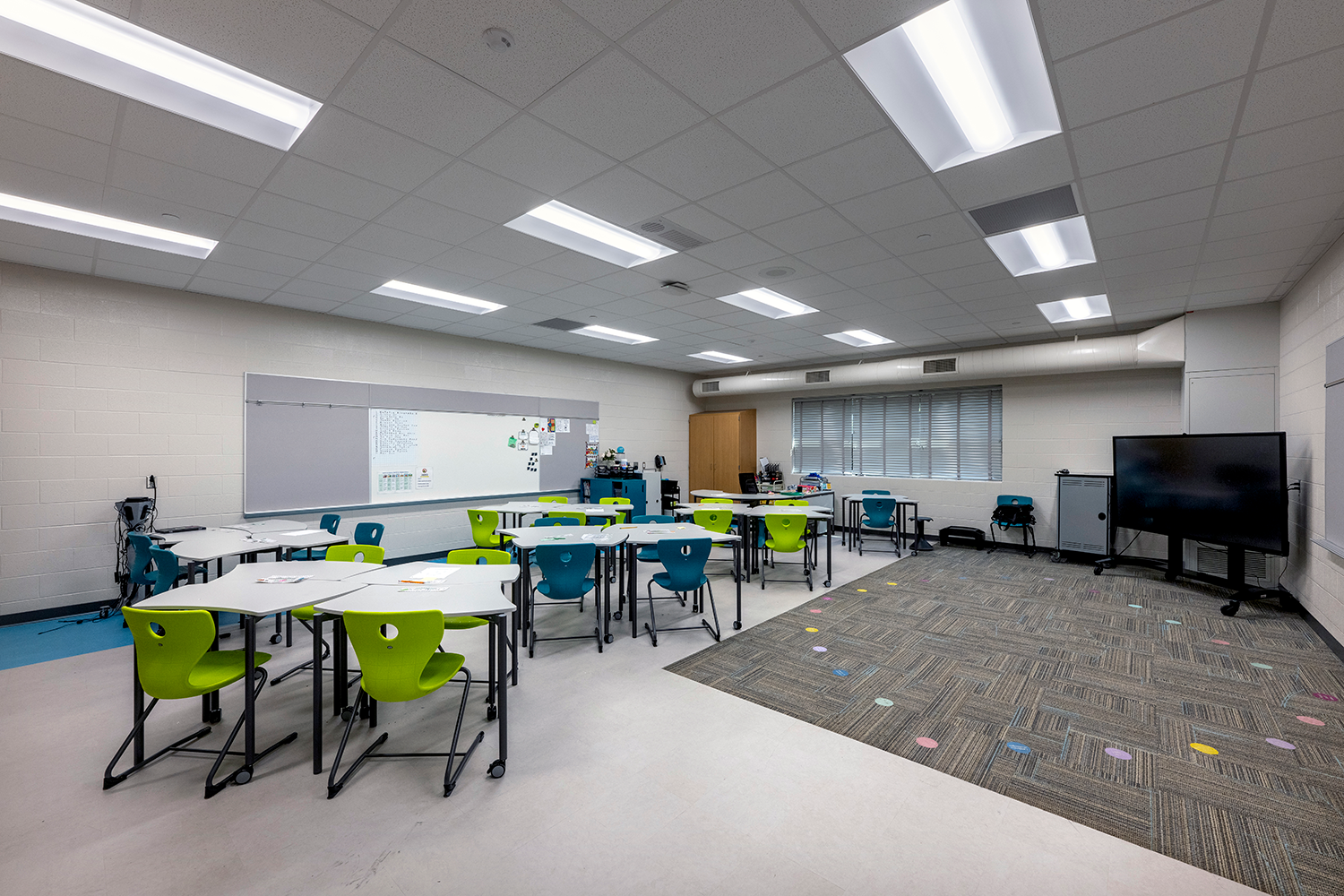
Supportive school design is shaped by the environments where students explore, learn, and discover. As designers, it’s imperative that we listen closely to feedback from students, educators, staff, and the wider community to better understand how our spaces can foster comfort, connection, and a strong sense of belonging.
